Results
-
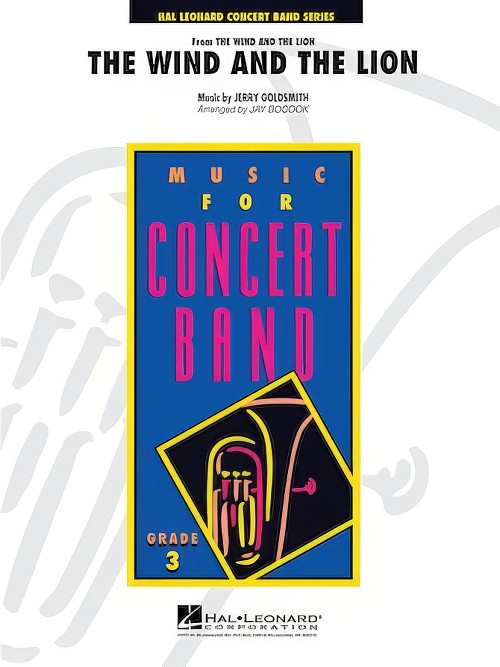 £60.99
£60.99The Wind and the Lion (Concert Band - Score and Parts) - Goldsmith, Jerry - Bocook, Jay
From this Sean Connery film comes one of Goldsmith's most evocative scores, tastefully arranged for band by Jay Bocook. Jay's version features the Middle Eastern thematic material with aggressive percussion, and haunting horn calls.
Estimated dispatch 7-14 working days
-
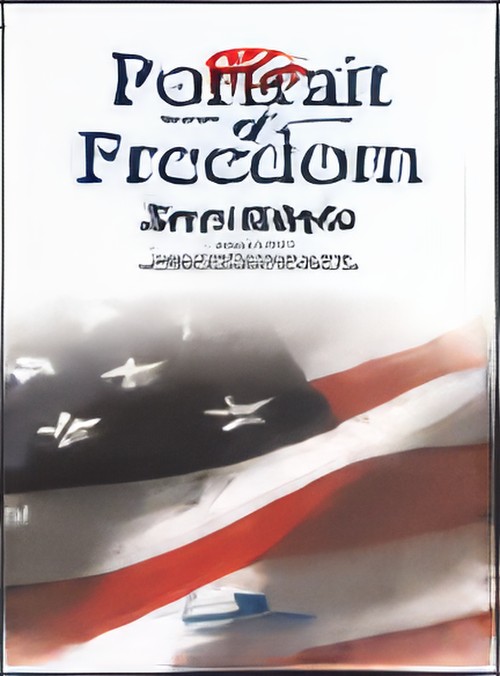 £76.00
£76.00Portrait of Freedom (Concert Band - Score and Parts) - Reineke, Steven
A dynamic and impressive original composition, this Steven Reineke creation features solo spots for Trumpet, Flute, Piccolo, Bassoon, Horn and a host of percussion instruments. Uplifting in nature, it's an incredible showcase for the entire band and a wonderful choice for any performance by mature bands.Duration: 6.30
Estimated dispatch 7-14 working days
-
 £48.95
£48.95Spring Island Celebration (Concert Band - Score and Parts) - O'Reilly, John
Visit charming Spring Island, South Carolina with Spring Island Celebration, a piece that depicts three separate locations on the island. The opening fanfare, with its stark harmonies and powerful brass scoring, portrays the noble and majestic Tabby Ruins. They were destroyed by fire long ago, but are still beautiful in a timeless manner. The lovely second movement, with its flowing woodwind and horn melodies, represents the serene Live Oak Forests that dot the island. The final section depicts Bonny Shore, the island's favourite place for crab boils, cookouts and spirited gatherings, with lively percussion and vibrant folk-style tunes to bring this wonderful suite to a rousing conclusion.Duration: 5.30
Estimated dispatch 7-14 working days
-
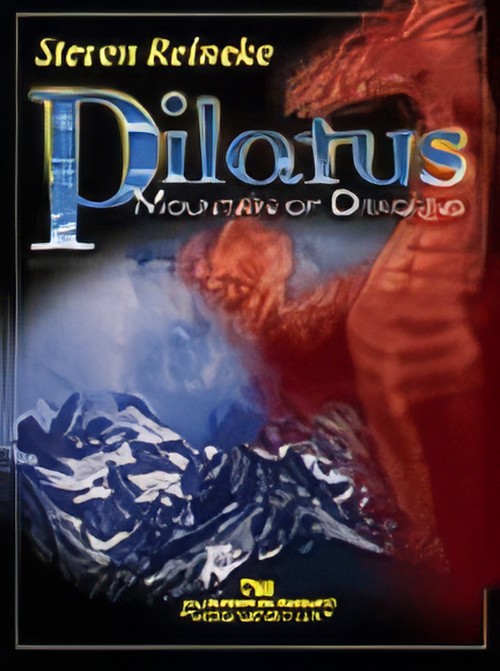 £98.00
£98.00Pilatus: Mountain of Dragons (Concert Band - Score and Parts) - Reineke, Steven
A major work for advanced bands that utilizes the full resources of the modern concert band/wind ensemble. Solos for flute, alto sax, oboe, euphonium, horn, and trumpet. Vast dynamic contrasts as it builds from soft delicate sections of just a few instruments to huge tutti sections of massive symphonic proportions. A truly exception composition that is sure to become a standard of the band repertiore.Duration: 10.00
Estimated dispatch 7-14 working days
-
 £164.99
£164.99Wilten Festival Overture (Concert Band - Score and Parts) - Sparke, Philip
To celebrate the 350th anniversary of the Stadtmusikkapelle Wilten in Innsbruck Philip Sparke composed Wilten Festival Overture. A bold fanfare, led by the horns, forms the opening of the work from which an expressive theme unfolds until the full band reaches a climax. Short solo statements from saxophone, horn and trumpet lead to a recapitulation of this theme which melts into a rhythmic Vivo. A robust melody is is then played by the clarinets and taken up by the whole band before a legato figure leads to a cantabile theme, again presented by the clarinets. The original Vivo melody reappears before the opening fanfare is briefly heard and the work comes to an end with a short Coda. A great experience for the whole band!Duration: 8:00
Estimated dispatch 7-14 working days
-
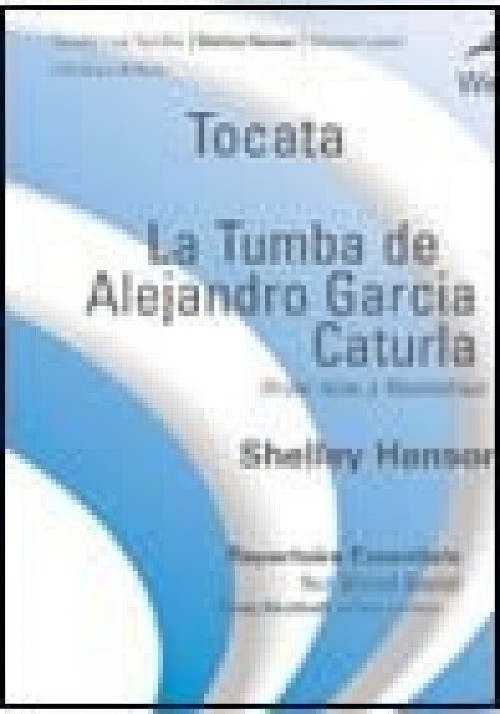 £120.00
£120.00Tocata & La Tumba de Alejandro Garcia Caturla (from Islas y Montanas) (Concert Band - Score and Parts) - Hanson, Shelley
Shelley Hanson originally composed Islas y Montanas for orchestra. Tocata is the first movement and functions as a fanfare or introduction. It features the entire ensemble clapping rhythmic patterns based on the Cuban 3/2-clave rhythm. It's a great way to get the crowd ready for La Tumba de Alejandro Garcia Caturla, originally the fourth movement from Islas y Montanas. It is beautifully transcribed here for concert band. It is a musical rumination about Cuban composer Alejandro Garcia Caturla (1906-1940) who studied with Nadia Boulanger but was later assassinated while presiding as a judge. It opens with a haunting English horn cadenza (alternate cueing provided) followed by harmonic shifts, intense soli writing and driving rhythms that sweep through the ensemble.
Estimated dispatch 7-14 working days
-
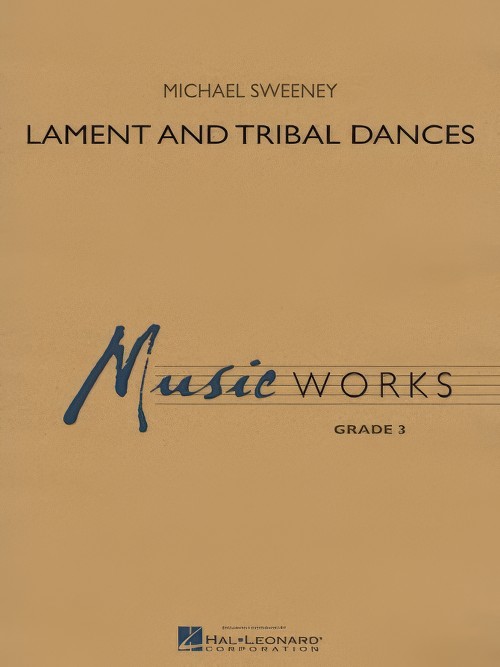 £69.99
£69.99Lament and Tribal Dances (Concert Band - Score and Parts) - Sweeney, Michael
Commissioned by the Iowa Bandmasters Association, this dynamic work from Michael Sweeney is written in three contrasting sections. The opening Lament features a plaintive horn melody and expansive harmonies. The mood then shifts to an intensely rhythmic dance using an unusual modal scale. In the final section, the flutes switch to recorders and a driving percussion ostinato figure helps propel this magnificent piece to a dramatic ending. A rewarding and satisfying work from one of today's best composers for young bands
Estimated dispatch 7-14 working days
-
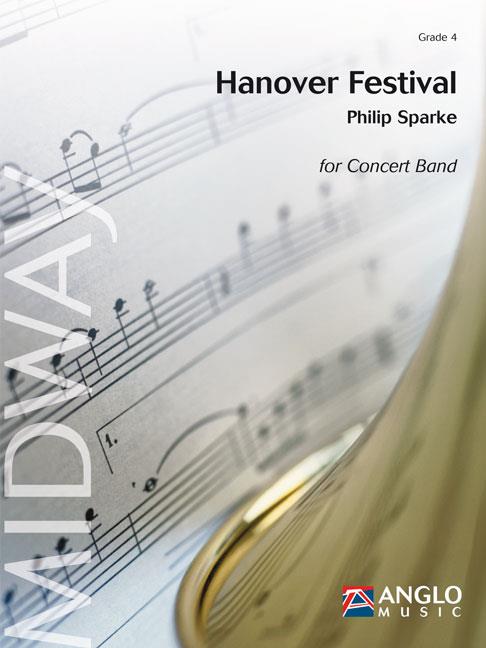 £137.99
£137.99Hanover Festival (Concert Band - Score and Parts) - Sparke, Philip
The Hanover Wind Symphony, New Jersey, USA was founded in 1984 by its conductor Peter Boor. He commissioned Hanover Festival to celebrate the band's 15th Birthday and the first performance took place on October 27th 1999. The piece starts with a solemn brass fanfare. Woodwinds join in and the music subsides into an expressive chorale. A climax is reached and the fanfare returns. Trumpets introduce an explosive vivo section, characterised by an energetic theme from the horns and low clarinets. A bridge passage with strong brass chords leads to a playful section that introduces a legato central theme under woodwind figures. This is taken up by the full band, the playful music returns and the original horn tune is reintroduced. Finally the opening fanfare returns, this time accompanied by music from the vivo section, until a fast and furious coda closes the work.Duration: 8:20
Estimated dispatch 7-14 working days
-
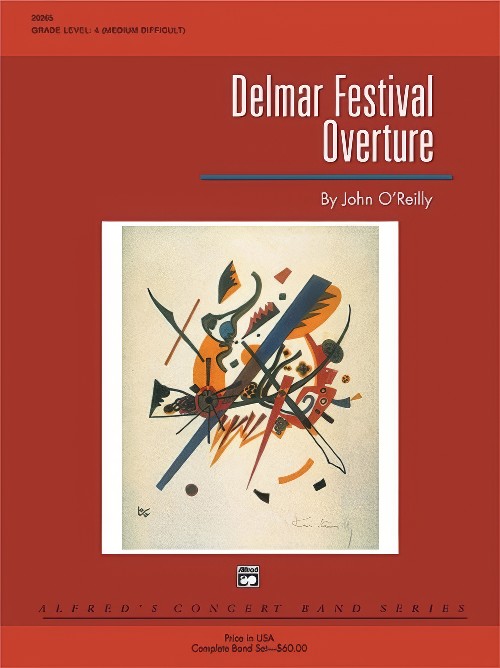 £58.50
£58.50Delmar Festival Overture (Concert Band - Score and Parts) - O'Reilly, John
Delmar Festival Overture is a powerful concert overture utilizing many of the contemporary compositional techniques that distinguish John O'Reilly's work. From the opening brass fanfare to the exciting conclusion, syncopated rhythms and numerous, interesting shifts of meter abound. Biting polychords establish the predominant harmonic structure for the opening "Allegro," but the majestic theme that follows in the horns and saxes takes on a decidedly British band style. The lyrical middle section begins with a fully scored chorale, which serves as the subject for a lovely melodic development featuring woodwinds and French horn. A brilliant brass fanfare ushers in a return to the opening section, which is now reorganized and further developed to bring this exciting overture to its dramatic conclusion. A great concert opener that will show off the talents of your musicians! Duration: 4.45
Estimated dispatch 7-14 working days
-
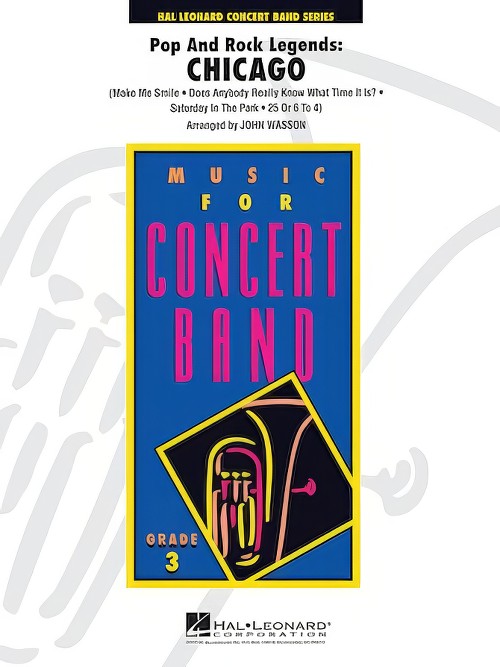 £76.99
£76.99Pop and Rock Legends: Chicago (Concert Band - Score and Parts) - Wasson, John
Pioneers of the "horn band" phenomenon of the late 60's and early 70's, the group Chicago generated an impressive line-up of hits. This energetic medley includes Make Me Smile, Does Anybody Really Know What Time It Is?, Saturday In The Park, and 25 Or 6 To 4.
Estimated dispatch 7-14 working days
